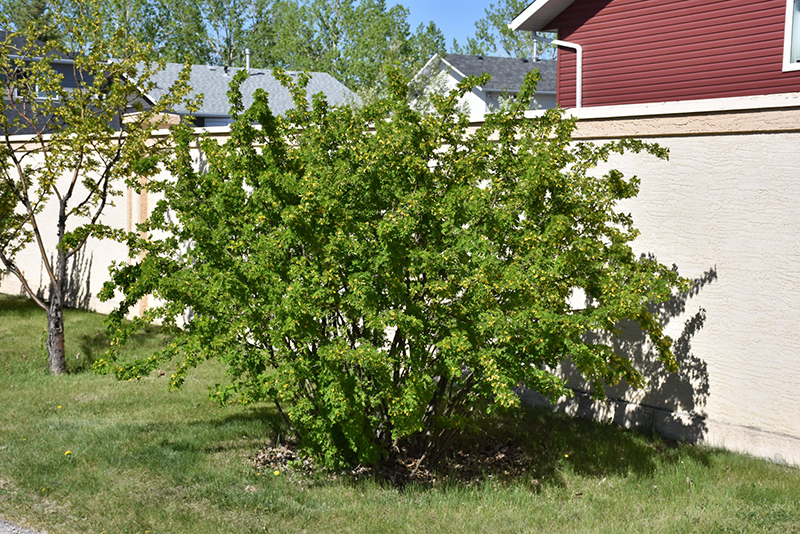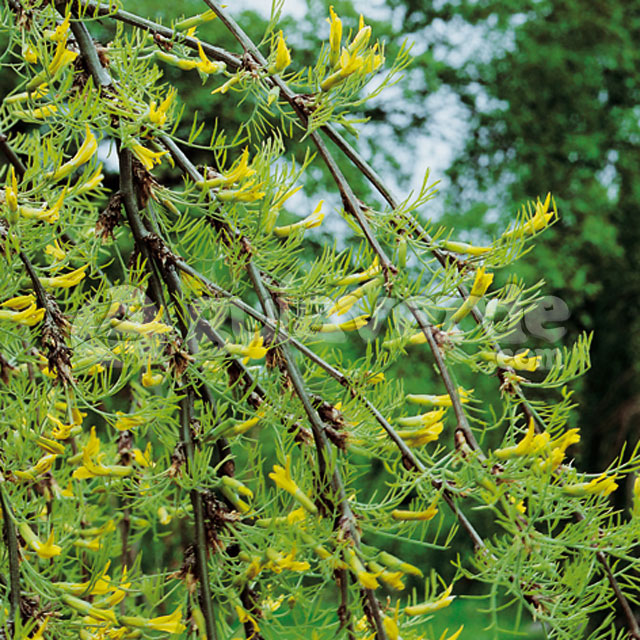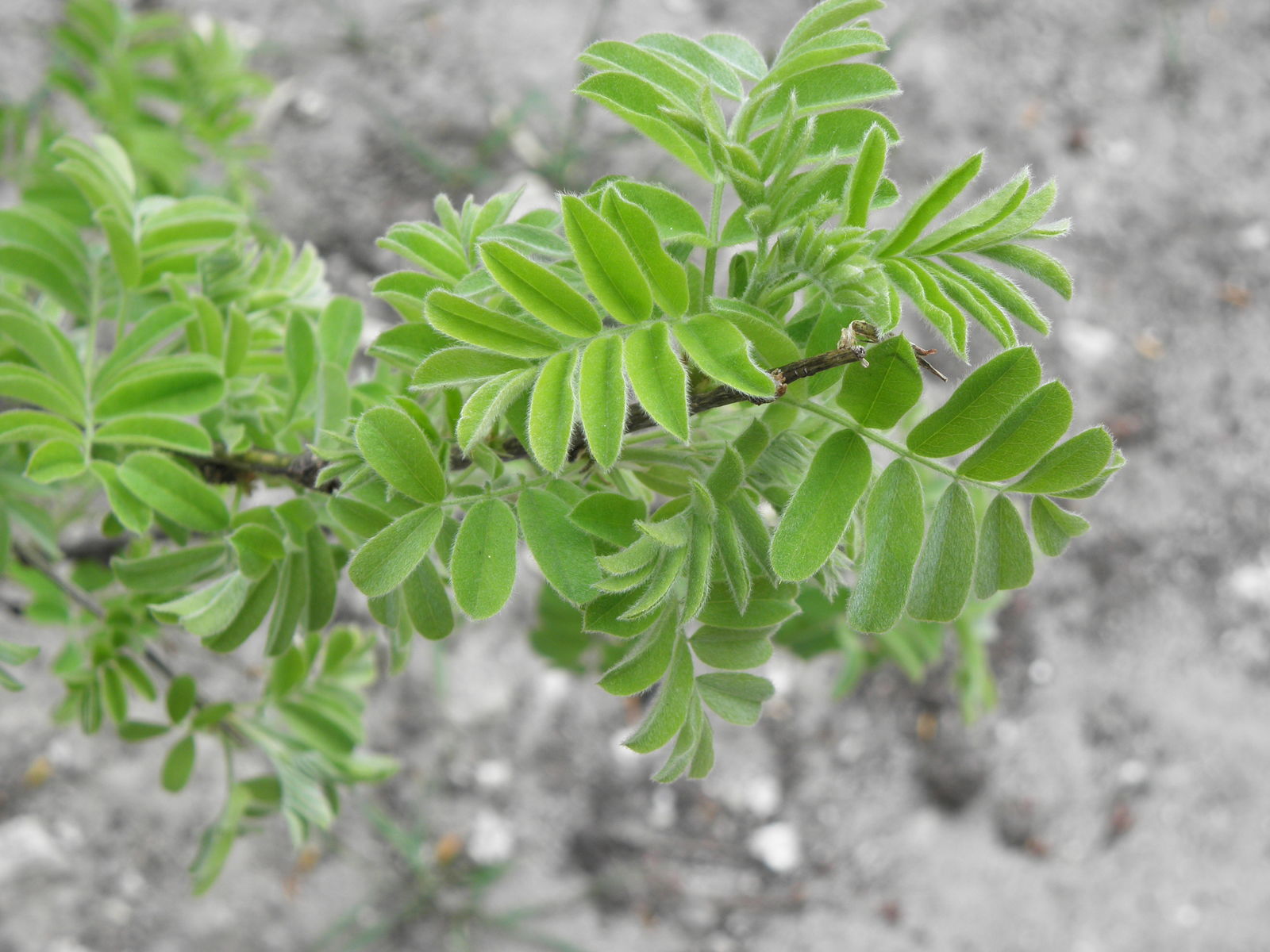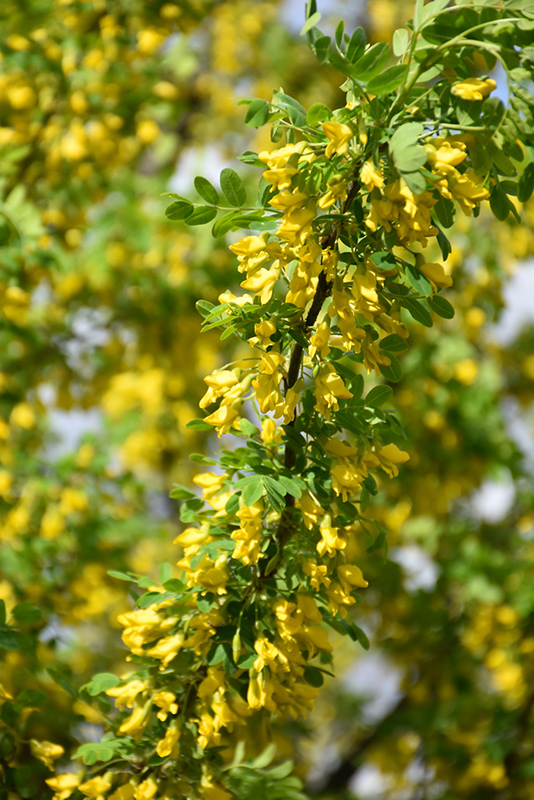
Siberian peashrub (Caragana arborescens)
Place 2 inches of amended soil back in the hole and put the plant in the center of the hole. Fill in around the root ball with amended soil and water to settle the dirt down. Then fill with more soil where it has settled. Hand tamp the soil down tightly. Dig holes twice as wide and 2 inches deeper than the root ball.

The Weeping Siberian Peashrub (Caragana Arborescens ‘Pendula’) Care
Caragana arborescens is a deciduous legume tree or shrub of the Caragana genus in the family Leguminosae. It is an edible nitrogen fixer and a great source of chicken fodder.. The plant can be grown as a hedge. Windbreak. It is quite wind-resistant and can also be planted in a shelterbelt;.

Hedge Caragana (Caragana arborescens) in Edmonton St Albert Sherwood
Caragana arborescens grows 10-15 ft. tall and 6-8 ft. wide. It makes an excellent hedge and an excellent barrier plant- as anyone who has ever tried to get through a hedge of these can tell you! Caraganas still have a place here (despite their tendency to self sow and become a nuisance).

Пин на доске juniper cove
Height: 15.00 to 20.00 feet Spread: 12.00 to 15.00 feet Bloom Time: May Bloom Description: Yellow Sun: Full sun Water: Dry to medium Maintenance: Low Suggested Use: Hedge Flower: Showy Tolerate: Drought Invasive: Where is this species invasive in the US? Garden locations

Caragana arborescens 'Lorbergii'
Siberian peashrub Caragana arborescens Caragana jubata Caragana chamaecistus Things to Know Caragana is a genus of flowering plants in the pea family. It contains over 200 species, native to temperate regions of Asia and Europe. Caragana is commonly used as a windbreak or hedging plant in agriculture.

Caragana arborescens (Siberian pea shrub) Go Botany
Windbreak or Hedge Dye production Erosion control Flowering Tree Will Naturalize: Edible Parts: Fruit Flowers: Eating Methods: Raw Cooked: Dynamic Accumulator: Nitrogen fixer: Wildlife Attractant: Bees Birds Hummingbirds: Resistances: Drought tolerant: Propagation: Seeds: Days to germinate: 2-3 weeks Other info: Soak for 24 hrs first.

Caragana arborescent Arborescens, Plants, Garden
Caragana arborescens is a deciduous shrub or small tree. It's eventual size will depend on the varietal and on where it is grown. Native to East Asia, Siberia and Mongolia, it has naturalized in small pockets across Europe and is a popular garden plant both there, and in parts of the United States.

Caragana arborescens (Siberian Peashrub) Minnesota Wildflowers
Caragana (Caragana arborescens) is a plant for sites where few others can grow. In U.S. Department of Agriculture plant hardiness zones 2 through 7, and where winters are very cold and summers are dry, caragana makes an effective privacy hedge and windscreen.

Caragana arborescens Lam. Plants of the World Online Kew Science
Siberian Peashrub is a shrub or small tree that was commonly planted as a windbreak, for wildlife, and as an ornamental in landscapes, then escaped cultivation and is now considered invasive in many locations, including Minnesota and Wisconsin.

Image result for caragana arborescens Fragrant flowers, Arborescens
Caragana or Siberian Peashrub (Caragana arborescens) General Description Drought tolerant legume, long-lived, alkaline-tolerant, tall shrub native to Siberia. Ability to withstand extreme cold and dryness. Major windbreak species. Leaves and Buds Bud Arrangement - Alternate. Bud Color - Light brown, chaffy in nature.

Caragana arborescens (Siberian Peashrub) Minnesota Wildflowers
Caragana arborescens (Siberian peashrub) is a cold-hardy shrub that originates from portions of Siberia and Manchuria. Hardy in U.S. Department of Agriculture zones 2 through 10, the deciduous Siberian peashrub features bright green leaves and showy yellow, pea-shaped blossoms that appear in late spring and attract several varieties of animals and songbirds to your backyard.

PlantFiles Pictures Weeping Pea Shrub 'Pendula' (Caragana arborescens
Caragana arborescens is a deciduous Shrub growing to 6 m (19ft) by 4 m (13ft) at a fast rate. See above for USDA hardiness. It is hardy to UK zone 2 and is not frost tender. It is in flower in May, and the seeds ripen in September. The species is hermaphrodite (has both male and female organs) and is pollinated by Bees. It can fix Nitrogen.

Caragana arborescens Lam. Plants of the World Online Kew Science
Hedge Caragana is an open multi-stemmed deciduous shrub with an upright spreading habit of growth. Its relatively fine texture sets it apart from other landscape plants with less refined foliage. This shrub will require occasional maintenance and upkeep, and can be pruned at anytime.

Siberian Weeping Peashrub (Caragana arborescens 'Pendula')
The Caragana arborescens Siberian Peashrub flowering shrubs produces beautiful yellow flowers during the spring and summer. The winter berry fruits of this fast growing shrub make it an excellent source for wildlife food . Caragana flowering shrub is an erect, oval, shrub, often taller than broad with moderate, sparse branches.

Caragana arborescens (Siberian Peashrub) Minnesota Wildflowers
Pronunciation: kar-a-GA-na ar-bo-RES-enz Family: Fabaceae Genus: Caragana Type: Broadleaf Native to (or naturalized in) Oregon: No Broadleaf deciduous shrub, multi-stemmed, erect, oval, 15-20 ft (4.5-6 m) tall, slightly less spread, but can be grown as a tree.

Hedge Caragana (Caragana arborescens) in Edmonton St Albert Sherwood
Overview Sunlight Preferred Full Sun Exposure Sheltered or Exposed Size Height 4 - 8M Spread 2.5 - 4M Bloom Time May - July Soil Preferred Loam, sand Moisture Well-drained or moist but well-drained pH Any This is a genus of about 90 species, the vast majority of which are shrubs and only a few are small trees. 1